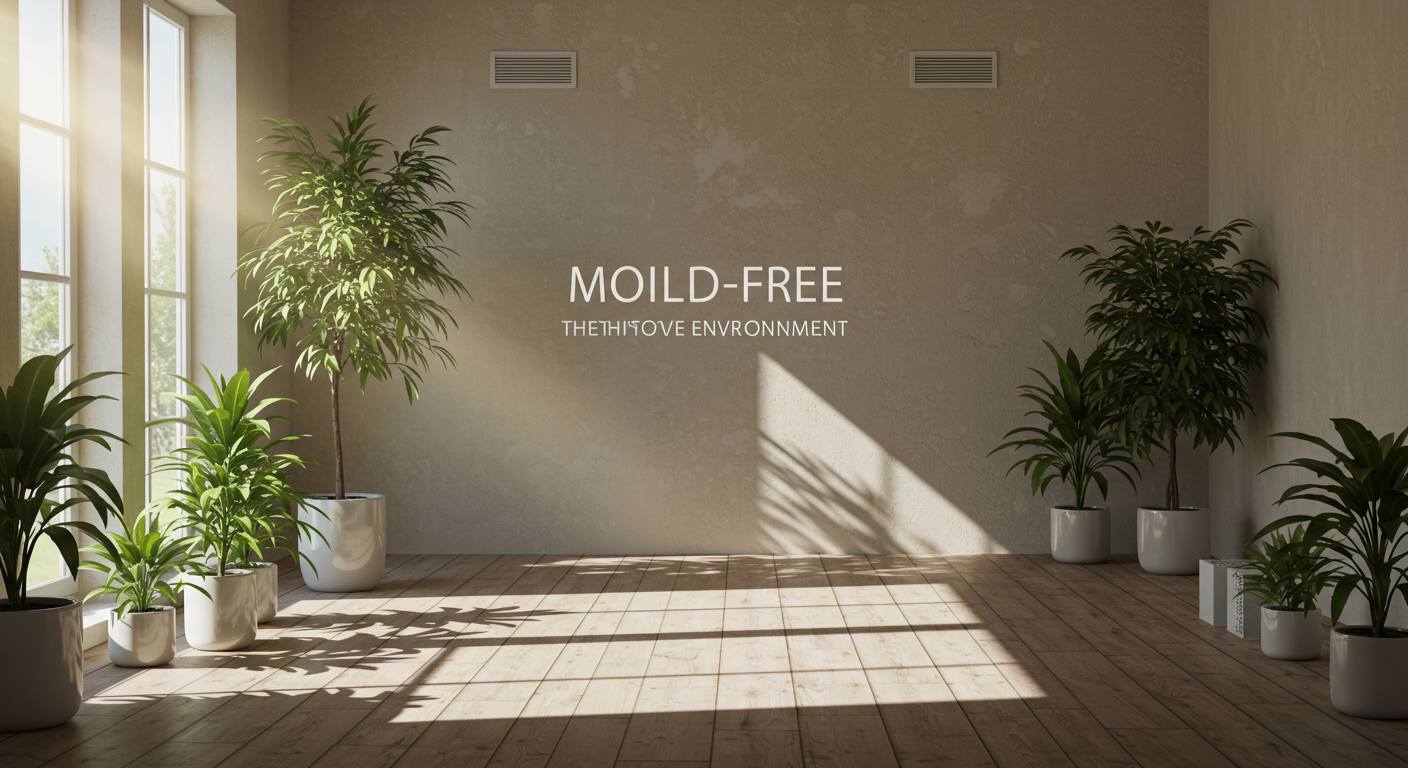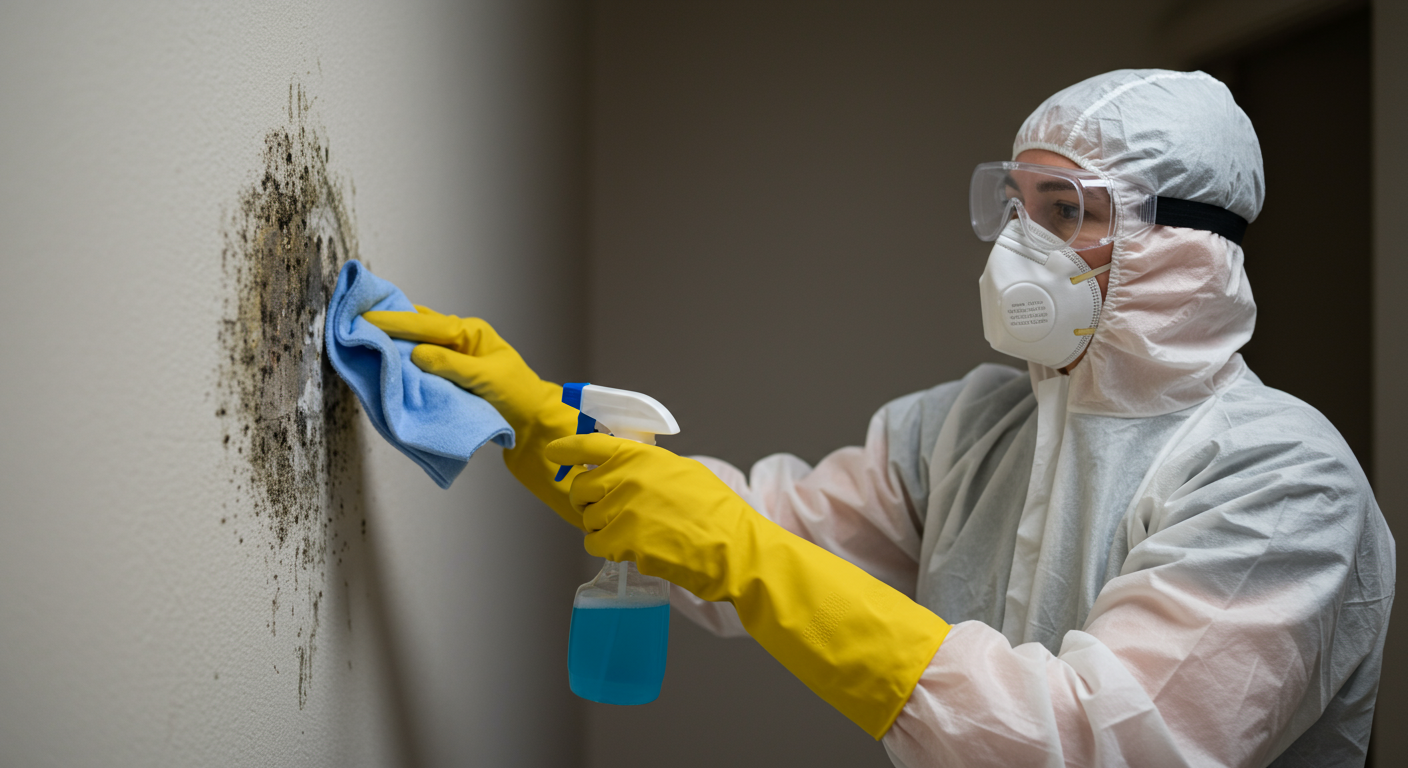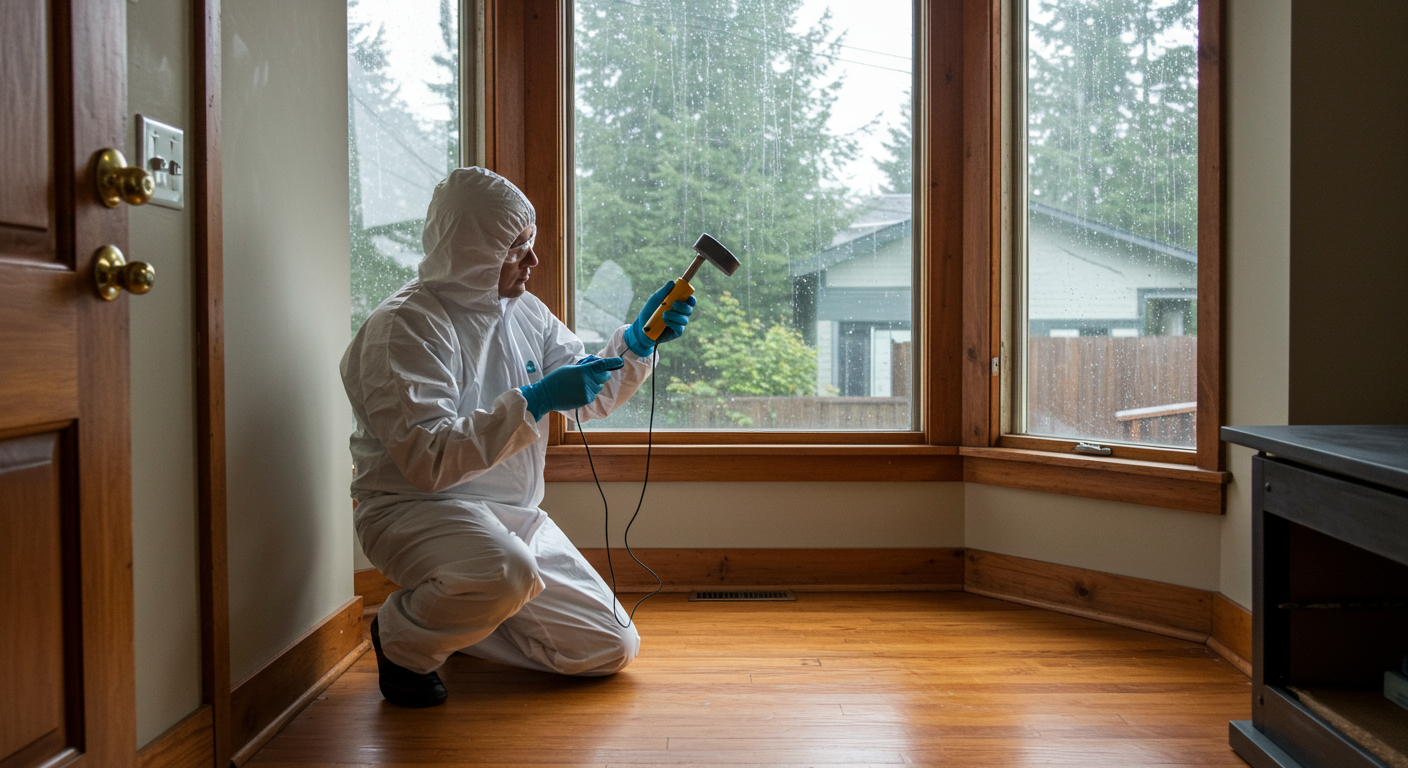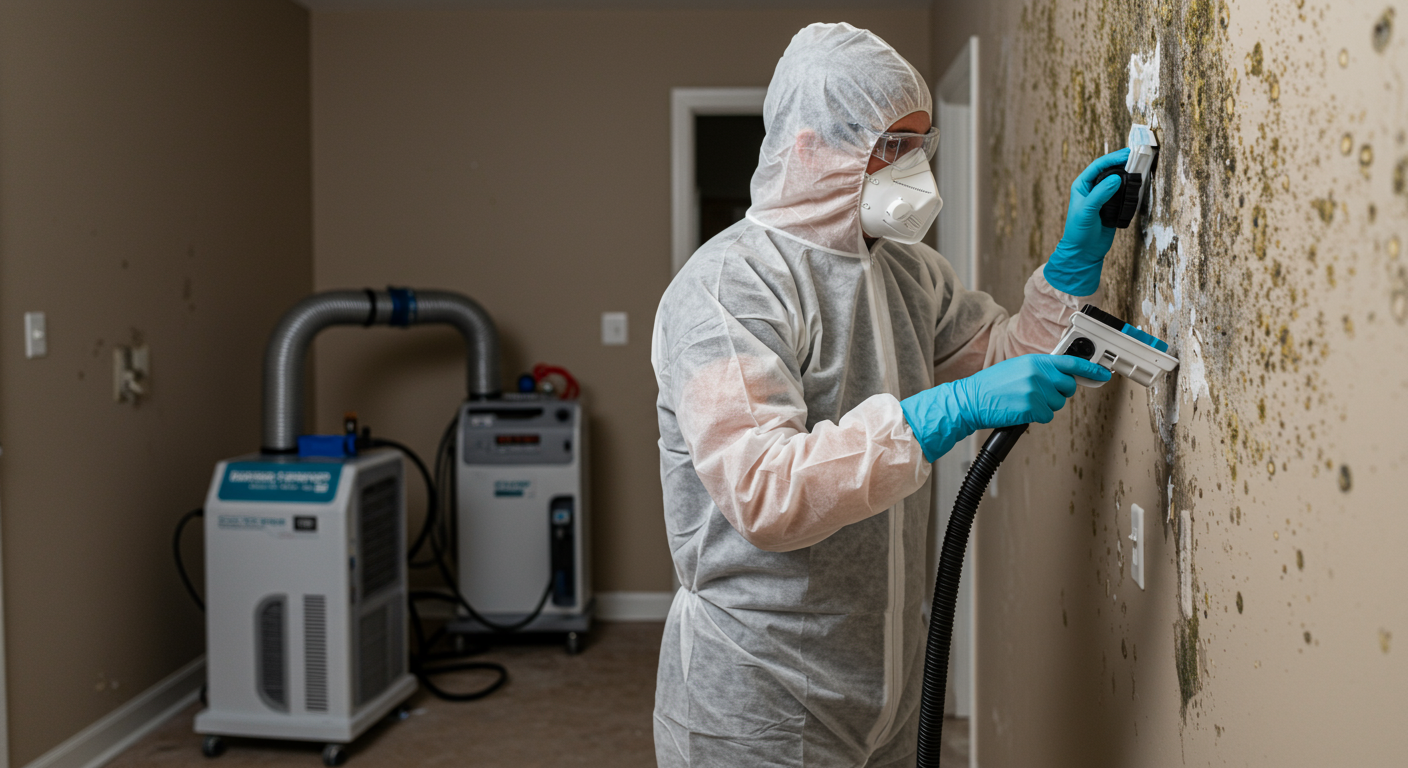Mold in your home is more than just an unsightly nuisance—it can pose significant health risks and damage your property if left unchecked. Whether you’re dealing with a minor mold issue or a more severe infestation, knowing how to address the problem effectively is crucial. In this guide, we’ll walk you through everything you need to know about mold, from understanding its risks to cleanup techniques and prevention strategies.
Understanding Mold and Its Risks
Health Effects of Mold Exposure
Mold exposure can lead to a variety of health issues, especially for individuals with allergies, asthma, or compromised immune systems. Common symptoms include coughing, sneezing, skin irritation, and even respiratory infections in severe cases. Prolonged exposure to mold can exacerbate chronic health conditions, making it essential to address mold problems promptly.
Common Causes of Mold Growth in Homes
Mold thrives in damp, humid environments. Common causes of mold growth include water leaks, poor ventilation, and high indoor humidity levels. Bathrooms, basements, and kitchens are particularly susceptible due to their frequent exposure to moisture. Identifying and addressing these causes is the first step in combating mold in your home.
Immediate Steps to Take When You Find Mold
Assessing the Size of the Mold Problem
The first step in tackling mold is determining the extent of the problem. Small mold patches (less than 10 square feet) can often be handled with DIY methods, while larger infestations may require professional intervention. Inspect areas like walls, ceilings, and hidden corners to gauge the severity of the issue.
Safety Precautions for Cleanup
Before starting any cleanup, ensure you take proper safety precautions. Wear gloves, goggles, and an N95 mask to protect yourself from mold spores. Seal off the affected area to prevent spores from spreading to other parts of your home. Always prioritize safety when dealing with mold.
Effective Mold Cleanup Techniques
DIY Cleanup for Small Areas
For minor mold problems, you can use household cleaning solutions like vinegar or a mixture of water and detergent. Scrub the affected area with a brush and ensure it’s thoroughly dried afterward. Avoid using bleach on porous surfaces, as it may not effectively eliminate mold roots.
When to Call Professionals for Mold Remediation
If the mold covers a large area or has penetrated deep into walls or ceilings, it’s time to call in the experts. Professional mold remediation services have the tools and expertise to safely and effectively remove mold, preventing it from returning. Learn more about expert mold remediation services in Hillsboro, OR.
Preventing Future Mold Growth
Moisture Control Strategies
Controlling moisture is key to preventing mold. Fix any leaks promptly, use dehumidifiers in damp areas, and ensure your home’s gutters and downspouts are functioning correctly. Regularly check for signs of water damage, especially after heavy rains or plumbing issues.
Importance of Ventilation and Regular Maintenance
Proper ventilation is essential in areas prone to moisture, such as bathrooms and kitchens. Use exhaust fans and open windows to improve airflow. Regular maintenance, like cleaning gutters and inspecting your HVAC system, can also help prevent mold growth. For more tips, check out our comprehensive mildew inspection services in Portland, OR.

Addressing mold in your home doesn’t have to be overwhelming. By understanding the risks, taking immediate action, and implementing effective prevention strategies, you can protect your home and your health. If you’re dealing with a severe mold problem, don’t hesitate to seek professional help. For more information, explore our reliable water removal services in Gresham, OR to tackle moisture issues at their source.


